Business
Energy retrofits 3.0: The future of retrofitting and real estate investing
Energy retrofitting 3.0 will be different thanks to economic and financial drivers.
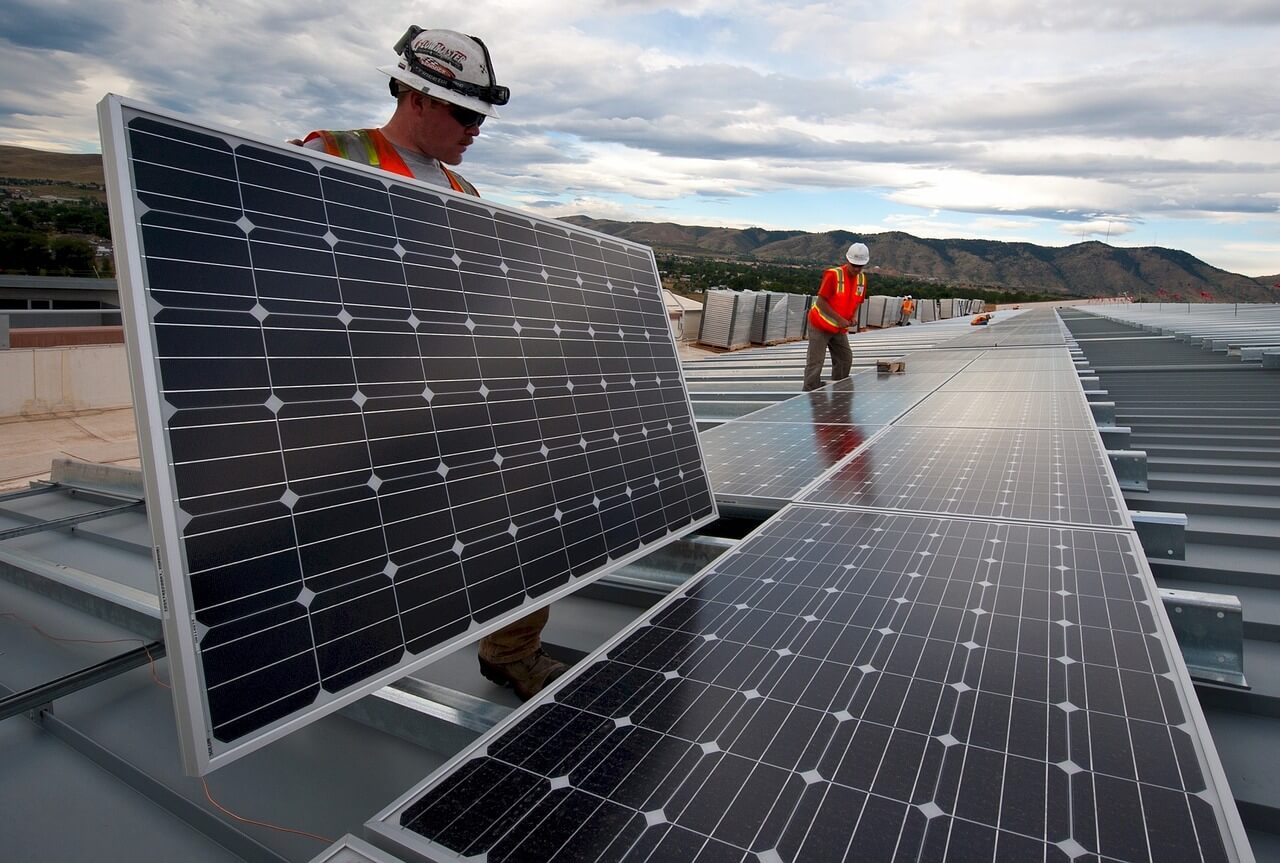
The first waves of energy retrofitting were often driven by the utilities trying to incentivize customers to do what was good for the shareholders of the utility, justifying it by some vague notion of “savings,” but without serious assessment.
Then came a big push with Solar PV, driven by the tax incentives once the Investment Tax Credit became assignable. I’ll call that retrofitting 2.0. Property owners lost out in the rush, as did sometimes utilities in areas where Solar PV was deployed to excess, driving up the rates for others.
Here the push was financialization and selling the payments, not the investment. The salesman’s trick was to stretch the payments till the cows come home, just to make the amounts come in below the electrical bill. In practice that meant 20-year leases and PPAs (Power Purchase Agreements). That ran afoul of the fact that 20 years is good for two or three ownership changes on average, and many are the stories of people who see the sale of their home frustrated, or at least compromised by their solar leases and PPAs, if in doubt check the Consumer Affairs website under SolarCity. But times are changing.
With energy rates down and real estate markets getting ready for a serious downward correction, as the Fed starts to unwind its balance sheet, the future of retrofitting will hinge on very smart financial assessments.
One of the big winners that are emerging is heat pumps, because of material advances. It has always been a quiet backwater, but the people who chose heat pumps early on have been laughing all the way to the bank, for getting 60-80% of your thermal needs for free from heat exchange is hard to beat.
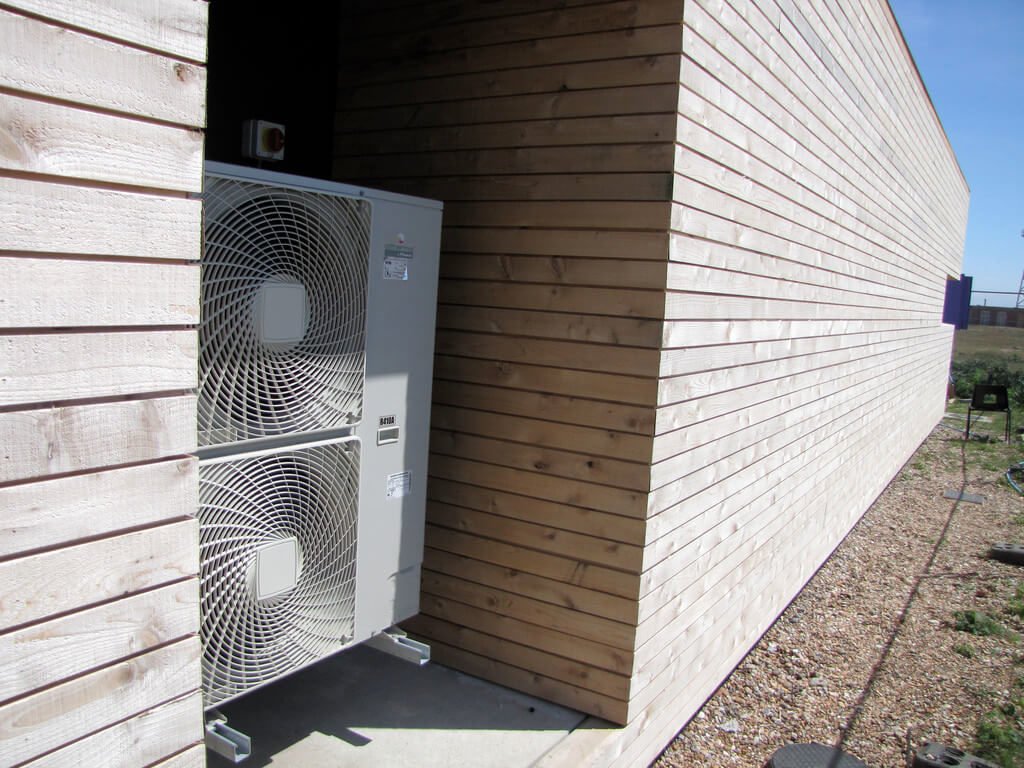
Obtaining heat pumps is looking to be a smart decision because of the material advances. (Photo by 51% Studios Architecture via Flickr. CC BY-SA 2.0)
Currently, breakthroughs are happening such as CO2 heat pumps, in particular as water heaters and based on air-source heat pump technology which performs well in Northern climates. Then there is the Dandelion geothermal start-up which appears set to revolutionize the industry. But novel wind turbines and other solutions are showing up, and in the real estate markets, it is becoming clearer and clearer that net-zero (or close-to) properties hold their value better.
The financial side is interesting. Let’s look at a homeowner who is coming close to retirement and let’s assume they want to stay in their home. In terms of expenditures, not paying your taxes or your mortgage is not an option, but not paying for energy is.
If you can do a serious retrofit, that brings your property close to net-zero, you are looking at a future of no energy bills or at least next-to-no energy bills. This removes uncertainty from the future, and come hell or high water, as real estate values may fluctuate in the future, the greener home tends to keep its value better.
On the other hand putting more money in the stock market might not be such a hot idea. Traditionally the stock market might work for the long term if you can keep putting money away for decades, but right now we are looking at a likely correction, due to the Fed unwinding its balance sheet, just when the bull market is running out of steam.
So, for the person facing retirement, the greater certainty (alpha) of that intra-marginal investment in a serious retrofit, may be far more attractive than some of the investment alternatives.
Energy retrofitting 3.0 will be all about evaluating retrofit options in light of improving property values and lowering recurring expenses. If the retrofit has a significant positive NPV as an intra-marginal investment in the property, the homeowner is even improving their LTV-ratio and lenders should be eager to support that. In short, this time, it will be different.
I am hoping we could see a return to some sanity, for in the past property owners often did bad deals, seduced by incentives and failing to analyze the investment value of the retrofit.
—
DISCLAIMER: This article expresses my own ideas and opinions. Any information I have shared are from sources that I believe to be reliable and accurate. I did not receive any financial compensation in writing this post, nor do I own any shares in any company I’ve mentioned. I encourage any reader to do their own diligent research first before making any investment decisions.

-

 Markets1 week ago
Markets1 week agoSugar Markets Cautious Amid Surplus Outlook and Steady Demand
-

 Crypto2 days ago
Crypto2 days agoEthereum Momentum Builds as Bitcoin Rallies and Trilemma Claims Emerge
-

 Crowdfunding1 week ago
Crowdfunding1 week agoCrowdfunding Grants Open for Business Projects Until January 2026
-

 Biotech1 day ago
Biotech1 day agoHaptena Therapeutics Launches with €3 Million Funding to Target KRAS-Mutated Tumors


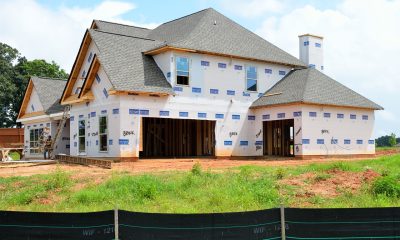

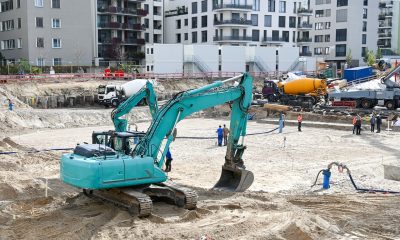



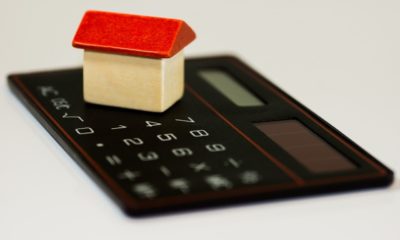

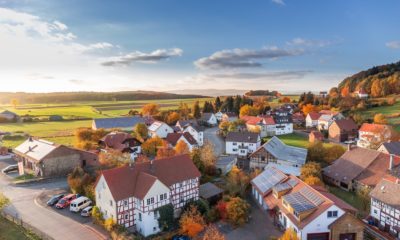















You must be logged in to post a comment Login